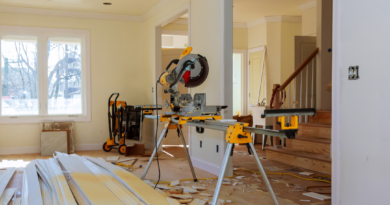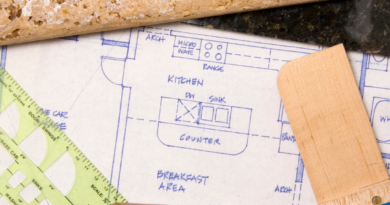3 Things You Need To Know About Your Home’s Thermal Envelope
Homeowners who want to reduce their energy use by making their homes more energy efficient often come across a number of different specialized terms, and it can be hard for the uninitiated to know exactly what they refer to.
“Thermal envelope” is one of the most common, and also one of the most important to understand. Technically, the thermal envelope is a barrier against unwanted heat transfer — but what does that mean for your home, and what role does it play in making your home more efficient?
The Thermal Envelope Protects The Conditioned Part Of The House
Just like a winter jacket has an outer shell to wick away water and an inner liner to provide insulation to keep the body warm, a house has an outer shell — the building envelope — which keeps out water, snow, hail, and wind, and a thermal envelope that makes sure the house stays hot in the winter and cool in the summer.
A good thermal envelope protects your house from the prevailing environment outside: when the weather is cold, the thermal envelope keeps heat from leaving the house. When it is hot, the envelope keeps heat from entering.
When people complain that their house is too hot in the summer and too cold in the winter, what they are complaining about is a thermal envelope that has ceased to function, or which is functioning badly.

The Tighter The Envelope, The More Efficient Your House Will Be
In the construction industry, it is common to hear contractors talking about the importance of a “tight” thermal envelope. A tight thermal envelope is one that doesn’t allow for much energy transfer between indoors and outdoors and hence provides better energy conservation.
A tight envelope usually incorporates several layers of insulation in the walls, ceiling, and foundation, and also uses high quality windows and doors that are specially designed to inhibit energy loss. There are lots of reasons to upgrade your windows if you live in an old house, but maintaining a tight thermal envelope is probably one of the most important.
Thermal Envelopes Degrade Over Time
Perhaps the most important think a homeowner needs to understand about the thermal envelope of their house is that it is not stable over time. As a house ages and shifts on its foundation, gaps open up which loosen the thermal envelope by letting hot air escape or enter the building more easily.
Keeping your home’s thermal envelope tight is one of the most important aspects of regular maintenance, and generally involves at least three aspects:
- Regularly replacing or adding new insulation
- Upgrading windows and doors
- Using caulking and spray foam insulation to fill cracks and holes in the thermal envelope
For many homeowners today, upgrading their house to make it greener and more energy efficient is a major priority. Not only does a greener house save money, but it also relies less on carbon fuels for heating, and is much better for the environment.
If you’re planning on making your house more efficient in the coming year, focusing on the thermal envelope is a great way to plan your home improvement projects for maximal impact.


